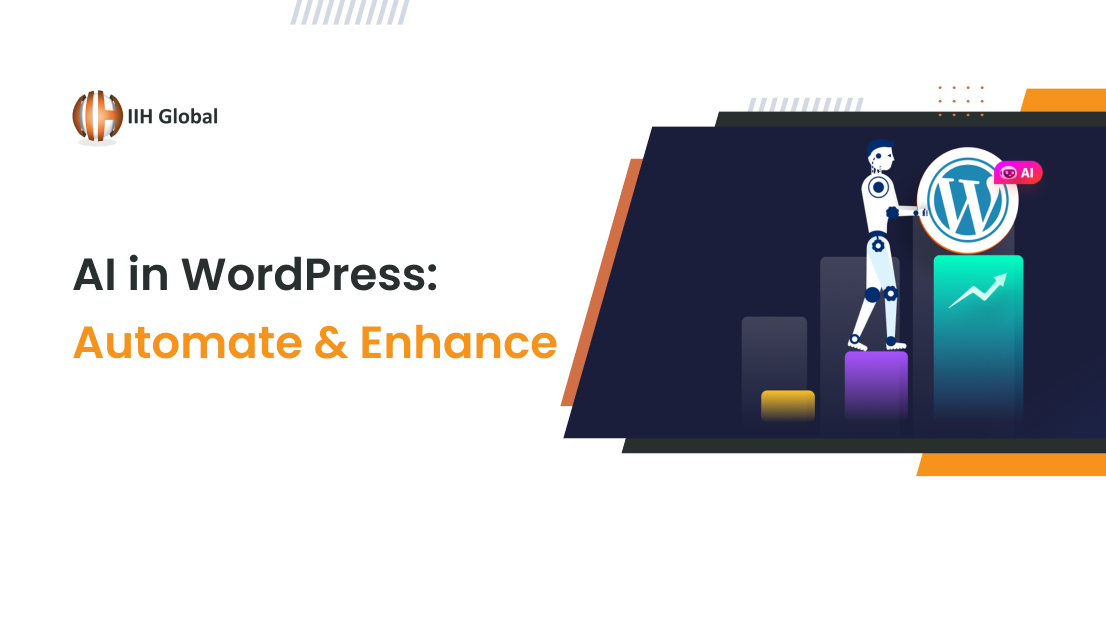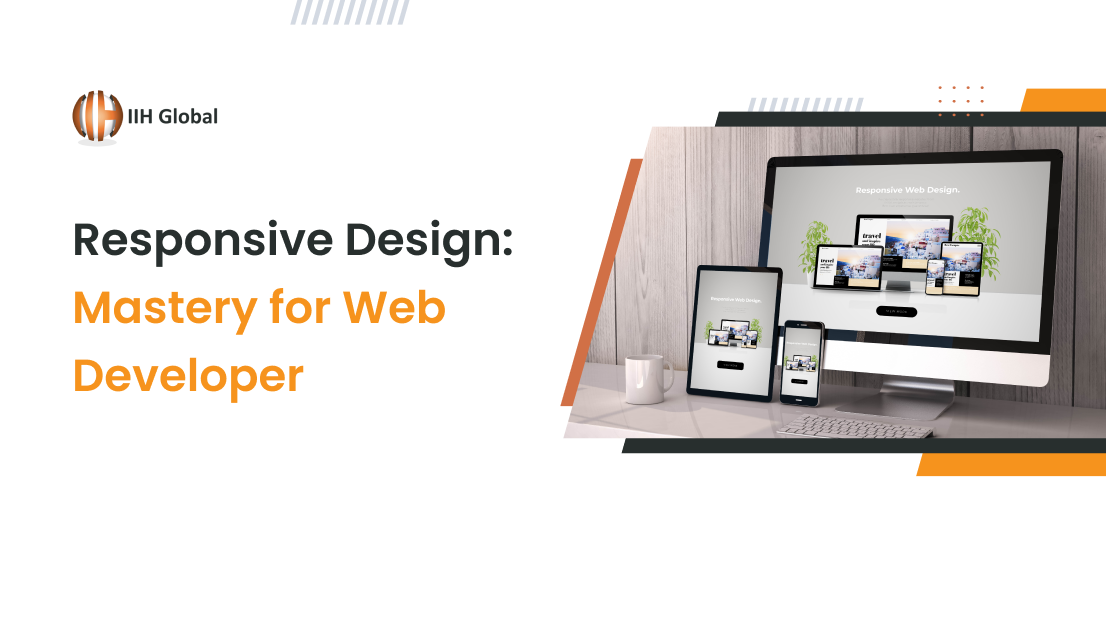A Complete Guide On User Experience Designs
You may have people using terms such as UX and UI while passing through the streets of the tech area of your city and may think that it is their secret codes that you are not privy too. You even go a bit far and think that they, realizing that you are an outsider from another world, are trying to look cool using some sort of slang. Well, ok and even yes probably to the latter, but it is a distinct no to the rest of it for that matter. You can research these terms on Google or read on to learn what these terms mean in the tech sector. It will be very helpful for you especially if you want to become a UX or a UI designer in due course of time. About the acronyms UX and UI are usually two specific professions that have been around for decades. However, there are some distinct differences in these two design principles. These are If you look at the analogy of the two digital products and try to describe the different parts of each you will find that it is much relatable with the human body. While UX web design measures and optimizes the input for supporting the functions, UI design can be represented more by the cosmetics of the code as in the human body that involves and regulates the reactions, presentation, and senses.
Taking away the confusion
You may still be highly confused about UX and UI design. Well, you are not alone because User Experience and User Interface are some of the most misused and confusing terms in this field. As the experts put these two in simpler terms:
- UI without UX is just like slapping paint onto the canvas without putting much thought in o it by the painter.
- One the other hand UX without UI is more like a frame of a sculpture without any paper Mache on it.
In order to provide the best possible user experience with your design, the best approach is to design a UX that is followed by UI design that is relatable and relevant. Both these together will ensure the success of the digital product.
Ideally, a user experience design is:
- A design that puts the humans and their feeling, behavior, and actions first while designing the products
- It is the process of augmenting customer satisfaction
- It creates loyalty of the users for the design
- It improves the usability
- It ensures ease of use to the users and
- It provides pleasure in the interaction between the user and the product.
Even if you leave the technical and analytical aspects of UX design, it has to encompass all those particular aspects of the interaction of the end-user with the company or the brand as well as its products and services. That means UX design promotes the interactions between an active and a potential customer as well as the company irrespective of the medium.
It is a scientific process
UX design is essentially a scientific process that you can apply to almost anything and everything under this sky for example in cars, street lamps and even in IKEA shelving. However, in spite of its scientific aspects and enormous applicability, the use of it since its inception has been limited to almost entirely within the digital fields.
Well, there are a few arguable reasons for this such as:
- The industry started propelling at the time when these were invented and
- It was considered just to be the fanciest of ways to reward practice.
All digital designers love fancy and they love to utilize different techniques to achieve their end goal, no matter how complex it is. The User Experience Designers can actually do wonderful things with the code structure, its analysis, and optimization of user experience. It is very difficult to understand this for one who has had no experience in UX work in practice or has never come across or used this term at work.
Responsibilities of the designer
To illustrate the profession of a UX designer you must first understand the responsibilities to undertake during the development process of the digital products. Ideally, their job responsibility can be applied to all aspects and components of web design and include:
- Strategy setup
- Content development
- Competitor analysis
- Customer analysis
- Prototyping
- Coordination with developer
- Execution and analytics
- Coordination with UI designer
- Testing
- Product structure and strategy
- Wireframing
- Iteration
- Development planning
- Tracking goals and
- Integration.
Looking at this long list you can see that the job responsibility of a UX designer is actually a combination of three professions such as that of a marketer, a designer, as well as a project manager.
That means the role of the UX designer is very complex, multi-faceted and challenging. Their primary aim is to connect the user needs with the business goals with their process of developing, testing and refinement that will satisfy both ends on the
In conclusion, it can be said that UX designers should be adept in cognitive science, sociology, and must be more visually inclined to provide high-quality results with their brother-in-arms, User Interface Design.







